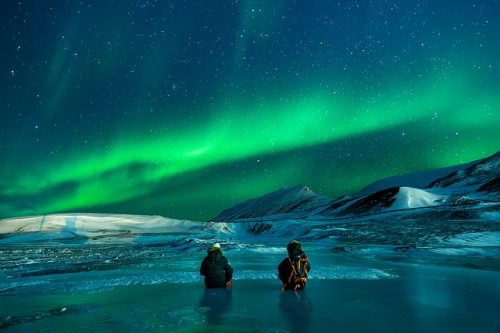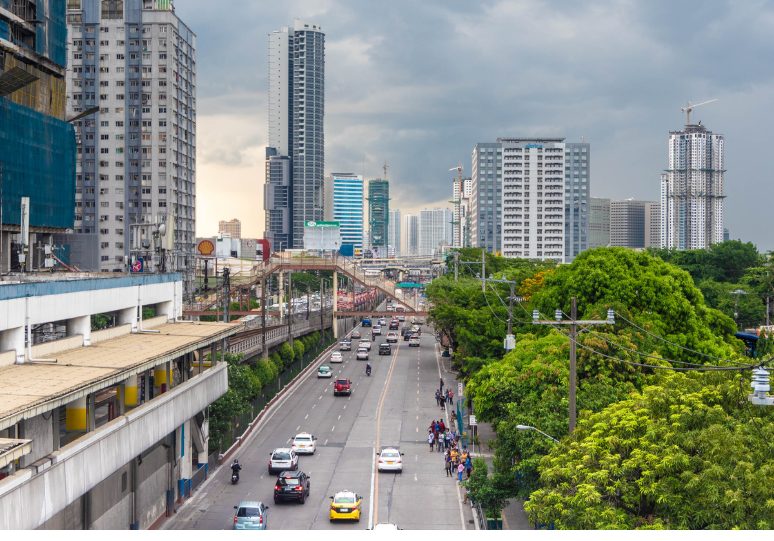
There are numerous ways to get to Alaska. One of the most obvious is flying, but you can also hop on a cruise ship that’s departing from a port like Seattle or Vancouver. In 2016, 55 percent of visitors to Alaska arrived via cruise ship. More than 1.8 million out-of-staters showed up to visit Alaska in 2016, and they had plenty of sites to pick from in the country’s largest (geographically, that is) state. Here’s 5 destinations you need to visit if you’re heading to The Last Frontier.
Denali National Park
The peak that gives this park its name was previously known as Mount McKinley. In 2015, the federal government changed the name to Denali to recognize the Koyukon people who have lived in the area for centuries. The name change wasn’t without controversy, but Denali remains the highest peak in North America regardless of its official name. The mountain peak is the (literal) biggest attraction of the park, but there’s lots of wildlife to be found here as well, including caribou and grizzly bears.
Denali National Park isn’t small, though. In fact, it’s six million acres, which means you’ll need mobile chargers capable of getting your batteries up to snuff in the national park. Such chargers can be found at one of the many AT&T stores in Alaska. You’ll want to avoid a drained battery while hiking around Wonder Lake and its awe-inspiring views of Denali. Besides needing to reach each other or place an emergency call, visitors will also need plenty of battery to take stunning photos.

Mendenhall Glacier
There aren’t too many states where you can go visit a glacier, but Alaska is one of them. Mendenhall Glacier is a few miles from Alaska’s state capital of Juneau. This glacier is more than 13 miles long. Like a lot of glaciers, it’s retreating and losing mass, although this particular glacier has been in retreat since the 1700s.
The glacier is part of the Tongass National Forest. While the ice is beautiful to look at, you’ll also be able to see animals including porcupines, black bears, beavers, and maybe even some bald eagles. Take a little time to stop and experience the full splendor of the waterfalls as well.
Alaska Native Heritage Center
Alaska’s largest city is Anchorage, and that’s where you’ll find the Alaska Native Heritage Center. Numerous indigenous cultures have played a part in making Alaska what it is today. The center opened in 1999 with the mission of educating tourists about those native groups. It’s educational, but it’s also a lot of fun to walk through exhibits like The Hall of Cultures.
Not surprisingly, summer is a better time to visit than winter. The center is open daily from the middle of May to the middle of September. In winter, it only opens on select Saturdays.
Kodiak National Wildlife Refuge
This wildlife refuge is located in an archipelago in the southwestern part of Alaska. It encompasses most of Kodiak Island, plus Uganik Island, Ban Island, and a portion of Afognak Island. There’s nearly 2 million square acres to explore here, so it’s not the type of place you can visit for just an hour or two.
If the word “Kodiak” sounds familiar, that’s probably because of the Kodiak brown bear. You’ll find plenty of those on the refuge, along with sea otters and sea lions. The refuge was founded in 1941 to protect Kodiak bears. There are currently around 3,000 bears living there.

Northern Lights
The Northern Lights are legendary. To see them, you’ll need to travel to the Northern Alaska. While Fairbanks is part of Northern Alaska, you’ll need to go farther north than that, as city dwellers only occasionally get to view the Northern Lights.

Visitors will also need to carefully pick a date for their Northern Lights adventure. September and March are particularly good times to visit. There’s no guarantee that you’ll see them, but if the sky is clear, you might get lucky and experience the night sky in a way that few others have.



